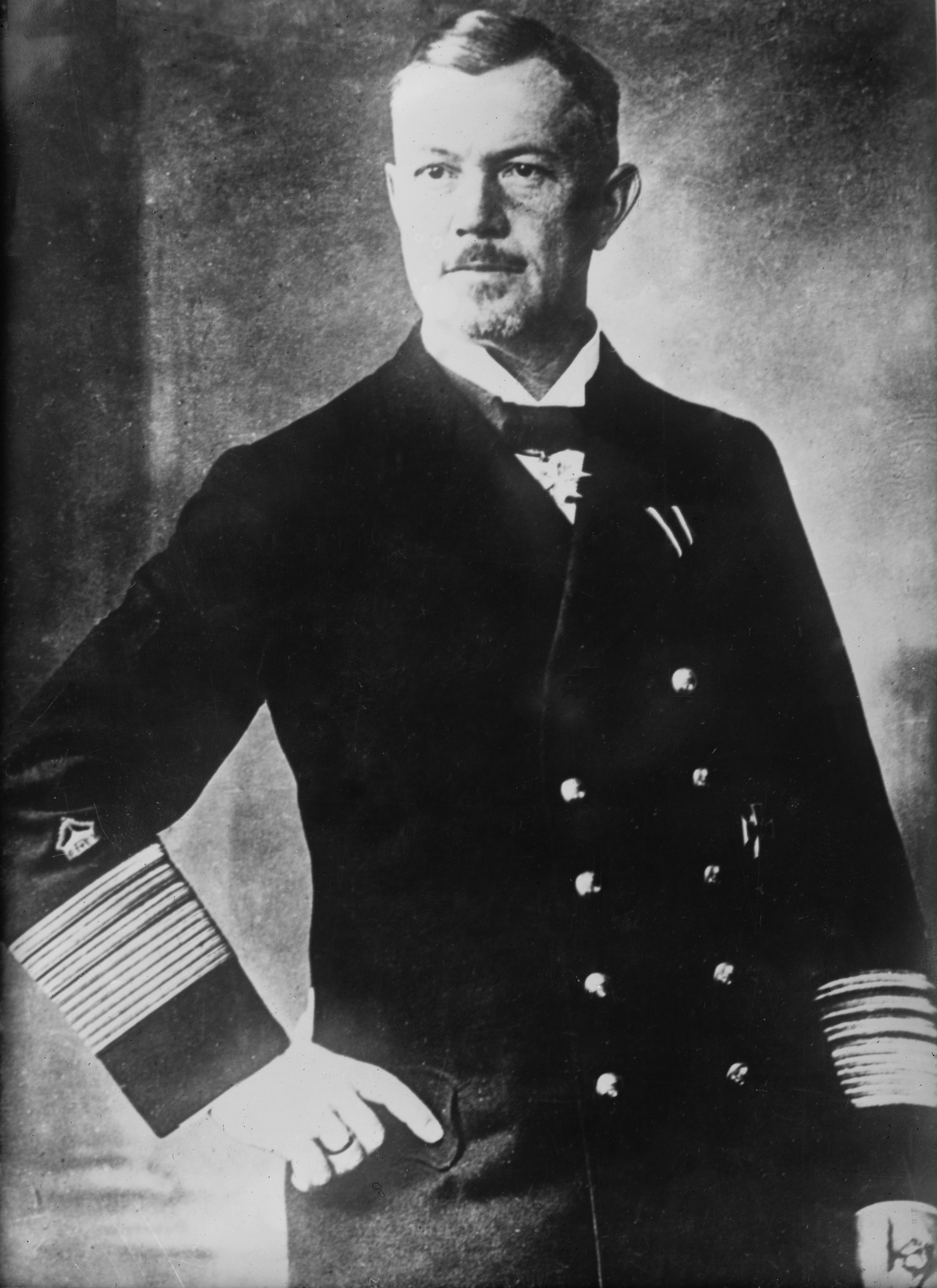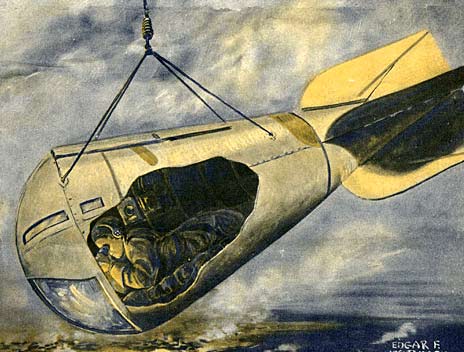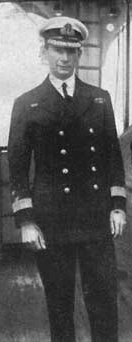|
Peter Strasser
Peter Strasser (1 April 1876 – 5 August 1918) was chief commander of German Imperial Navy Zeppelins during World War I, the main force operating bombing campaigns from 1915 to 1917. He was killed when flying the German Empire's last airship raid over the United Kingdom. Early career Strasser was born in Hanover, Germany, on 1 April 1876. At the age of 15, he joined the German Imperial Navy (''Kaiserliche Marine''). After serving on board SMS ''Stein'' and SMS ''Moltke'', he entered the Naval academy in Kiel. He quickly rose through the ranks and was promoted to Lieutenant in 1895. He served on board SMS ''Mars'', SMS ''Blücher'', SMS ''Panther'', SMS ''Mecklenburg'' and SMS ''Westfalen'' from 1897 to 1902. He was an excellent gunnery officer and was placed in the German Imperial Naval Office ('' Reichsmarine-Amt'') in charge of German shipboard and coastal artillery. In September 1913, he took command of the Naval Airship Division ('' Marine-Luftschiff-Abteilung''). Air ... [...More Info...] [...Related Items...] OR: [Wikipedia] [Google] [Baidu] |
Hanover
Hanover (; german: Hannover ; nds, Hannober) is the capital and largest city of the German state of Lower Saxony. Its 535,932 (2021) inhabitants make it the 13th-largest city in Germany as well as the fourth-largest city in Northern Germany after Berlin, Hamburg and Bremen. Hanover's urban area comprises the towns of Garbsen, Langenhagen and Laatzen and has a population of about 791,000 (2018). The Hanover Region has approximately 1.16 million inhabitants (2019). The city lies at the confluence of the River Leine and its tributary the Ihme, in the south of the North German Plain, and is the largest city in the Hannover–Braunschweig–Göttingen–Wolfsburg Metropolitan Region. It is the fifth-largest city in the Low German dialect area after Hamburg, Dortmund, Essen and Bremen. Before it became the capital of Lower Saxony in 1946, Hannover was the capital of the Principality of Calenberg (1636–1692), the Electorate of Hanover (1692–1814), the Kingdom of Hannover ... [...More Info...] [...Related Items...] OR: [Wikipedia] [Google] [Baidu] |
Boston, Lincolnshire
Boston is a market town and inland port in the borough of the same name in the county of Lincolnshire, England. Boston is north of London, north-east of Peterborough, east of Nottingham, south-east of Lincoln, south-southeast of Hull and north-west of Norwich. Boston is the administrative centre of the wider Borough of Boston local government district. The town had a population of 35,124 at the 2001 census, while the borough had a population of 66,900 at the ONS mid-2015 estimates. Boston's most notable landmark is St Botolph's Church ("The Stump"), the largest parish church in England, which is visible from miles away across the flat lands of Lincolnshire. Residents of Boston are known as Bostonians. Emigrants from Boston named several other settlements around the world after the town, most notably Boston, Massachusetts in the United States. Name The name "Boston" is said to be a contraction of "Saint Botolph's town", "stone", or "'" (Old English, Old Norse an ... [...More Info...] [...Related Items...] OR: [Wikipedia] [Google] [Baidu] |
Reinhard Scheer
Carl Friedrich Heinrich Reinhard Scheer (30 September 1863 – 26 November 1928) was an Admiral in the Imperial German Navy (''Kaiserliche Marine''). Scheer joined the navy in 1879 as an officer cadet and progressed through the ranks, commanding cruisers and battleships, as well as senior staff positions on land. At the outbreak of World War I, Scheer was the commander of the II Battle Squadron of the High Seas Fleet. He then took command of the III Battle Squadron, which consisted of the newest and most powerful battleships in the navy. In January 1916, he was promoted to Admiral and given control of the High Seas Fleet. Scheer led the German fleet at the Battle of Jutland on 31 May – 1 June 1916, one of the largest naval battles in history. Following the battle, Scheer joined those calling for unrestricted submarine warfare against the Allies, a move the Kaiser eventually permitted. In August 1918, Scheer was promoted to the Chief of Naval Staff; Admiral Franz von Hipper rep ... [...More Info...] [...Related Items...] OR: [Wikipedia] [Google] [Baidu] |
Paul Behncke
Paul Behncke (13 August 1869 – 4 January 1937) was a German admiral during the First World War, most notable for his command of the III Battle Squadron of the German High Seas Fleet during the Battle of Jutland. Naval career He was born in Lübeck in 1869. At the age of fourteen he joined the navy and as an officer commanded a gunboat in the Far East. After studying at the Naval Academy in Kiel he was assigned to the general staff. As commander of the unprotected cruiser , he returned to Chinese waters and on being promoted to the rank of captain he was appointed to the battleship , and afterwards to the dreadnought . Shortly before the outbreak of the First World War Behncke was promoted to ''Konteradmiral'' (Rear Admiral) and again assigned to the general staff. During the conflict he was opposed to Admiral Alfred von Tirpitz's theories on submarine warfare, and was appointed head of the III Battle Squadron, composed of eight of the nine most modern battleships of the German n ... [...More Info...] [...Related Items...] OR: [Wikipedia] [Google] [Baidu] |
Spy Basket
The spy gondola, spy basket, observation car or sub-cloud car (german: Spähgondel or ) is a crewed vessel that an airship hiding in cloud cover could lower several hundred metres to a point below the clouds in order to inconspicuously observe the ground and help navigate the airship. It was a byproduct of ''Peilgondel'' development (a gondola to weight an airship's radio-locating antenna). They were used almost exclusively by the Germans in the First World War on their military airships. Development The ''Peilgondel'' was developed by Paul Jaray to act as a heavy plumbbob for an airship's radio antenna. A free-hanging antenna wire would move and flex in the wind hindering communications; the added weight reduced this movement. Jaray then developed the ''Peilgondel'' further into a crewed spy gondola. Use Spy baskets were used on, among others, Schütte-Lanz and Zeppelin airships. , it was not always certain which airships used them: the blueprints for LZ 62 (L 30) and LZ 72 ... [...More Info...] [...Related Items...] OR: [Wikipedia] [Google] [Baidu] |
Paris
Paris () is the capital and most populous city of France, with an estimated population of 2,165,423 residents in 2019 in an area of more than 105 km² (41 sq mi), making it the 30th most densely populated city in the world in 2020. Since the 17th century, Paris has been one of the world's major centres of finance, diplomacy, commerce, fashion, gastronomy, and science. For its leading role in the arts and sciences, as well as its very early system of street lighting, in the 19th century it became known as "the City of Light". Like London, prior to the Second World War, it was also sometimes called the capital of the world. The City of Paris is the centre of the Île-de-France region, or Paris Region, with an estimated population of 12,262,544 in 2019, or about 19% of the population of France, making the region France's primate city. The Paris Region had a GDP of €739 billion ($743 billion) in 2019, which is the highest in Europe. According to the Economist Intelli ... [...More Info...] [...Related Items...] OR: [Wikipedia] [Google] [Baidu] |
King's Lynn
King's Lynn, known until 1537 as Bishop's Lynn and colloquially as Lynn, is a port and market town in the borough of King's Lynn and West Norfolk in the county of Norfolk, England. It is located north of London, north-east of Peterborough, north-north-east of Cambridge and west of Norwich. History Toponymy The etymology of King's Lynn is uncertain. The name ''Lynn'' may signify a body of water near the town – the Welsh word means a lake; but the name is plausibly of Anglo-Saxon origin, from ''lean'' meaning a tenure in fee or farm. As the 1085 Domesday Book mentions saltings at Lena (Lynn), an area of partitioned pools may have existed there at the time. Other places with Lynn in the name include Dublin, Ireland. An Dubh Linn....the Black Pool. The presence of salt, which was relatively rare and expensive in the early medieval period, may have added to the interest of Herbert de Losinga and other prominent Normans in the modest parish. The town was named ''Len '' (Bis ... [...More Info...] [...Related Items...] OR: [Wikipedia] [Google] [Baidu] |
Sheringham
Sheringham (; population 7,367) is an English seaside town within the county of Norfolk, United Kingdom.Ordnance Survey (2002). ''OS Explorer Map 252 - Norfolk Coast East''. . The motto of the town, granted in 1953 to the Sheringham Urban District Council, is ''Mare Ditat Pinusque Decorat'', Latin for "The sea enriches and the pine adorns".Town Crest and motto Retrieved 7 March 2013 History  The place-name 'Sheringham' is first attested in the
The place-name 'Sheringham' is first attested in the
|
Great Yarmouth
Great Yarmouth (), often called Yarmouth, is a seaside town and unparished area in, and the main administrative centre of, the Borough of Great Yarmouth in Norfolk, England; it straddles the River Yare and is located east of Norwich. A population of 38,693 in the 2011 Census made it Norfolk's third most populous. Its fishing industry, mainly for herring, shrank after the mid-20th century and has all but ended. North Sea oil from the 1960s supplied an oil-rig industry that services offshore natural gas rigs; more recently, offshore wind power and other renewable energy industries have ensued. Yarmouth has been a resort since 1760 and a gateway from the Norfolk Broads to the North Sea. Holiday-making rose when a railway opened in 1844, bringing easier, cheaper access and some new settlement. Wellington Pier opened in 1854 and Britannia Pier in 1858. Through the 20th century, Yarmouth boomed as a resort, with a promenade, pubs, trams, fish-and-chip shops, theatres, the Pleasu ... [...More Info...] [...Related Items...] OR: [Wikipedia] [Google] [Baidu] |
England
England is a country that is part of the United Kingdom. It shares land borders with Wales to its west and Scotland to its north. The Irish Sea lies northwest and the Celtic Sea to the southwest. It is separated from continental Europe by the North Sea to the east and the English Channel to the south. The country covers five-eighths of the island of Great Britain, which lies in the North Atlantic, and includes over 100 smaller islands, such as the Isles of Scilly and the Isle of Wight. The area now called England was first inhabited by modern humans during the Upper Paleolithic period, but takes its name from the Angles, a Germanic tribe deriving its name from the Anglia peninsula, who settled during the 5th and 6th centuries. England became a unified state in the 10th century and has had a significant cultural and legal impact on the wider world since the Age of Discovery, which began during the 15th century. The English language, the Anglican Church, and Engli ... [...More Info...] [...Related Items...] OR: [Wikipedia] [Google] [Baidu] |
Battle Of Heligoland (1914)
The Battle of Heligoland Bight was the first Anglo-German naval battle of the First World War, fought on 28 August 1914, between ships of the United Kingdom and Germany. The battle took place in the south-eastern North Sea, when the British attacked German patrols off the north-west German coast. The German High Seas Fleet was in harbour on the north German coast while the British Grand Fleet was out in the northern North Sea. Both sides engaged in long-distance sorties with cruisers and battlecruisers, with close reconnaissance of the area of sea near the German coast—the Heligoland Bight—by destroyer. The British devised a plan to ambush German destroyers on their daily patrols. A British flotilla of 31 destroyers and two cruisers under Commodore Reginald Tyrwhitt, with submarines commanded by Commodore Roger Keyes, was dispatched. They were supported at longer range by an additional six light cruisers commanded by William Goodenough and five battlecruisers commanded b ... [...More Info...] [...Related Items...] OR: [Wikipedia] [Google] [Baidu] |
.jpg)






